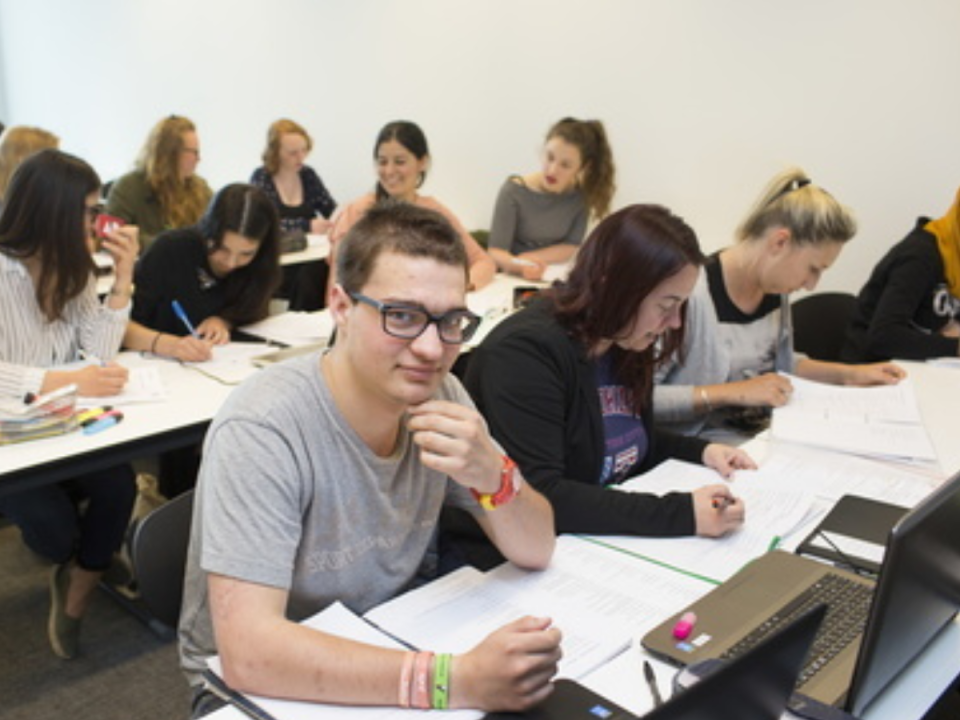Problem definition
The recent PISA results show a decline in the learning results of Flemish youngsters aged 15. Teachers are faced with a challenge: how can they achieve their curriculum objectives amongst these young people? Research in primary education shows that an important predictor of better school performance, namely task-based work, can be stimulated by combining physical activity with cognitive tasks. In secondary education, classes are predominantly sedentary. Few efforts are made to break the sedentary behaviour, which has a proven negative impact on concentration and task orientation, of adolescents and to integrate movement into the classroom.
Currently, there are few studies that examine the feasibility and added value of movement integration (i.e. using activities during the lesson that aim to enhance pupils' knowledge, skills and attitudes on the one hand and increasing physical activity levels on the other) with young adolescents. In contrast to primary education, there are also few tools and resources available to support teachers of general subjects in this.
Research objective and approach
The central research question is as follows: In what way can movement integration be implemented in the general subjects in the 1st grade of secondary education?
Within this project we pursue the following objectives:
- Inventory of characteristics and methods of movement integration for the 1st grade secondary education
- Implementation of movement integration by subject teachers of the first grade of secondary education through a teacher design team.
We will pursue the abovementioned goals through a literature study (goal 1) and an action-oriented research in two schools (goal 2).






